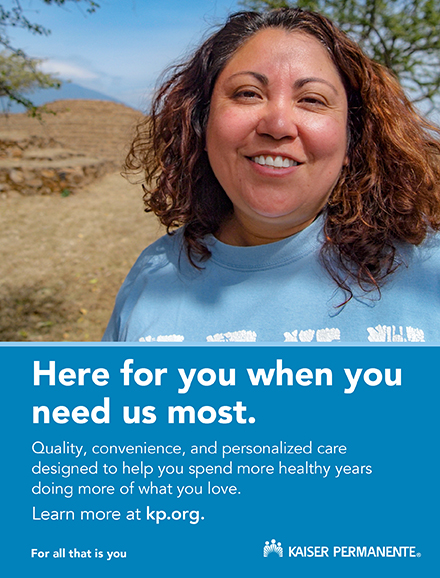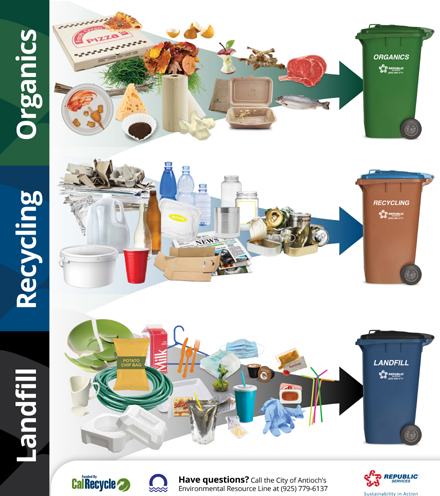CA Office of Traffic Safety awards $208,475 grant to Contra Costa Health for Pedestrian and Bicycle Safety Program
Saturday, February 1st, 2025
Contra Costa Health (CCH) announced Tuesday, Jan. 28, 2025, that it has received a grant from the California Office of Traffic Safety (OTS) for continued support of its Pedestrian and Bicycle Safety Program.
The program will promote safety among pedestrians and bicyclists and emphasize the drivers’ responsibility to look out for people using roads and paths. The grant program runs through September 2025.
Local data show an increase of nearly 30% in fatal crashes involving pedestrians over the past decade in Contra Costa County, and that pedestrians and bicyclists are 2.4 times more likely to be seriously injured or killed in a traffic crash compared to drivers. The OTS grant funds multiple efforts to improve safety for pedestrians and bicyclists.
“The safety of people walking and biking on our roads is a top priority for our office,” OTS Director Stephanie Dougherty said. “Everyone moves, and not always by car. It’s important that we invest in efforts to protect people walking, biking and rolling that helps establish a strong traffic safety culture where everyone on California roads can travel to and from places safely.”

Grant funds will support various activities focused on bicycle and pedestrian safety:
• Support for local jurisdictions to include public health principals in road safety plans and address the community conditions that create unsafe environments for non-motorized road users.
• Promote the CCH traffic safety campaign, “Slow Roads Save Lives.”
• Community bicycle and walk “audits” of streets with high rates of pedestrian or bicyclist fatalities and serious injury crashes.
• Bicycle training courses that teach youth skills to help them stay safe on the road.
• Community events that promote bicyclist and pedestrian visibility and the importance of sharing the road, slowing down, and staying alert to bicyclists and pedestrians while driving.
Funding for this program was provided by a grant from the California Office of Traffic Safety, through the National Highway Traffic Safety Administration.

































